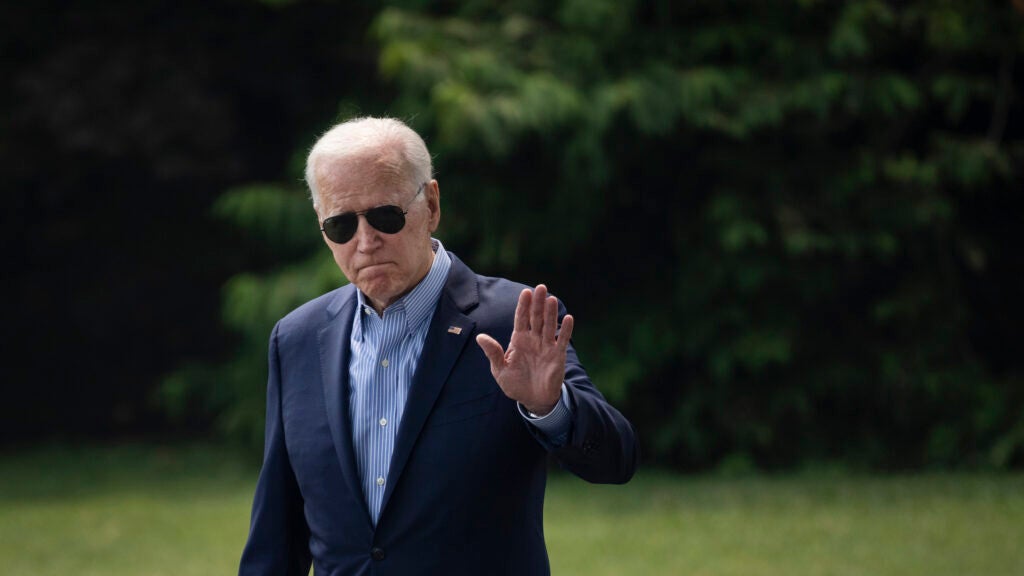The completion of Joe Biden’s presidency on January 20 marked a significant chapter in the realm of outdoor recreation and environmental policy. Over the past four years, Biden, 82, focused heavily on conservation efforts affecting public lands. His administration made strides toward preserving natural spaces, balancing these efforts with policies aimed at resource extraction.
Conservation Efforts: The America the Beautiful Initiative
At the heart of Biden’s environmental agenda was the America the Beautiful Initiative. This ambitious plan aimed to conserve and restore 30% of U.S. federal lands and waters by the year 2030. Although this initiative is still in progress, Biden achieved a remarkable record, safeguarding more lands and waters than any previous president. Yet, Biden’s conservation efforts also faced criticism due to his approval of oil extraction projects and an increase in domestic oil production, which contradicted more progressive environmental goals.
National Monuments and Protected Areas
Biden utilized the Antiquities Act to establish or expand 15 national monuments, a figure that pales in comparison to Barack Obama’s 34 and Bill Clinton’s 22. However, Biden did restore the size of the Bears Ears National Monument, which had been reduced during Donald Trump’s term. In addition to national monuments, Biden created six national wildlife refuges, three national marine sanctuaries, and closed approximately 625 million acres of ocean to offshore drilling, further emphasizing his environmental commitments.
Extractive Industry Policies
Interestingly, Biden’s administration also faced challenges regarding his commitment to halt new drilling on public lands. Initially, he placed a freeze on new oil and gas leases, but a federal court decision in 2021 invalidated that ban. With rising gas prices catalyzing public concern, Biden reversed course in 2022, opening public lands in several states to drilling and approving the controversial Willow Project in Alaska. This dichotomy between conservation and development illustrates the tension within Biden’s environmental approach.
Engagement with Indigenous Communities
A noteworthy aspect of Biden’s administration was its attempt to include Indigenous communities in land management. This was exemplified by the historic appointment of Deb Haaland as Secretary of the Interior, the first Indigenous person to hold the position. The Biden administration forged over 400 co-management agreements with tribal nations, emphasizing collaboration and respect for Indigenous rights in environmental stewardship.
The EXPLORE Act: A Legislative Milestone
In January 2025, Biden signed the EXPLORE Act into law, consolidating numerous outdoor recreation initiatives. Although it did not allocate new funding, it directed federal agencies to prioritize infrastructure improvements for public lands and accessibility initiatives. This legislation not only enhances future outdoor recreation opportunities but also showcases Biden’s commitment to maintaining public land accessibility.
Climate Change Initiatives and Challenges
Biden’s administration made headlines for securing substantial investments in climate resilience through the Inflation Reduction Act and the Bipartisan Infrastructure Law. By rejoining the Paris Climate Agreement and initiating programs like the Climate Corps, the administration aimed to address environmental challenges proactively. However, the reception of the Climate Corps was mixed, with critics labeling it as inadequate, particularly given Republican opposition to many of Biden’s environmental policies.
Biden’s Environmental Legacy: A Mixed Review
The legacy of Biden’s approach to public lands and environmental policy will take time to unfold. His administration’s focus on empowering Indigenous communities and enshrining key outdoor recreation initiatives in law through the EXPLORE Act is noteworthy. Yet, the potential rollback of many of his policies under a future Trump administration raises concerns about the longevity of these efforts. Biden’s mixed record of commitment—shifting between conservation efforts and drilling approvals—will be a focal point of analysis in assessing his environmental legacy.
